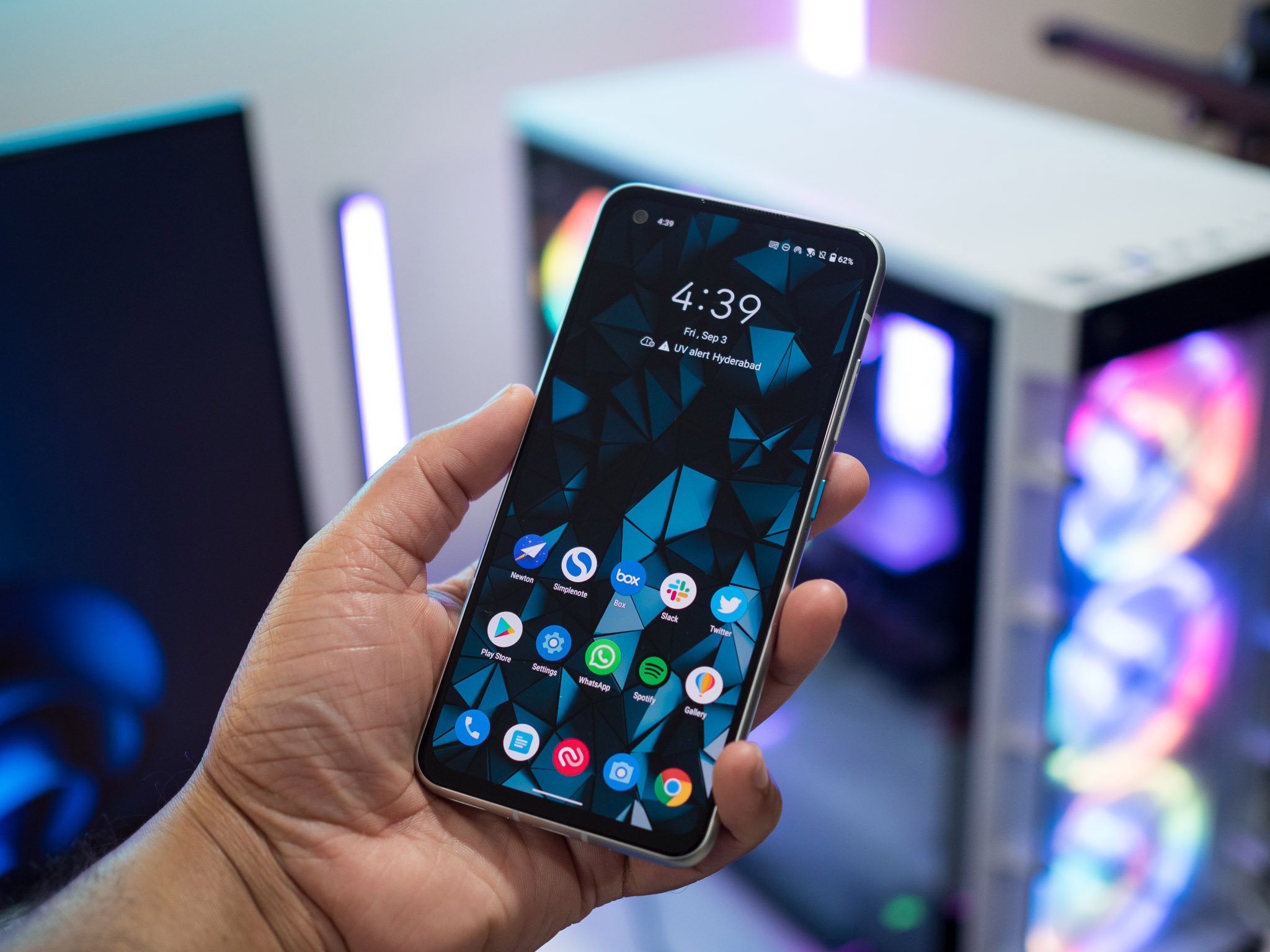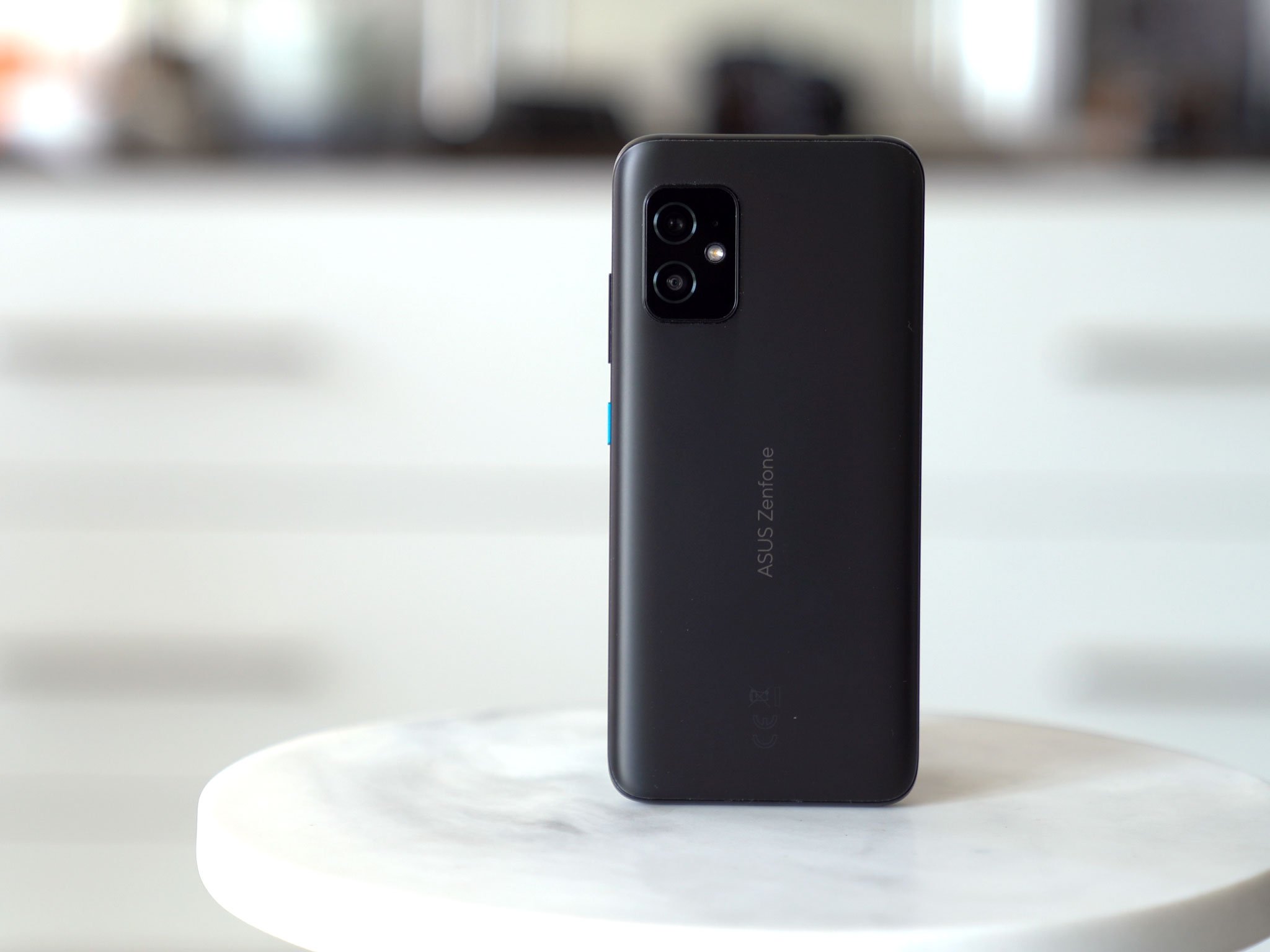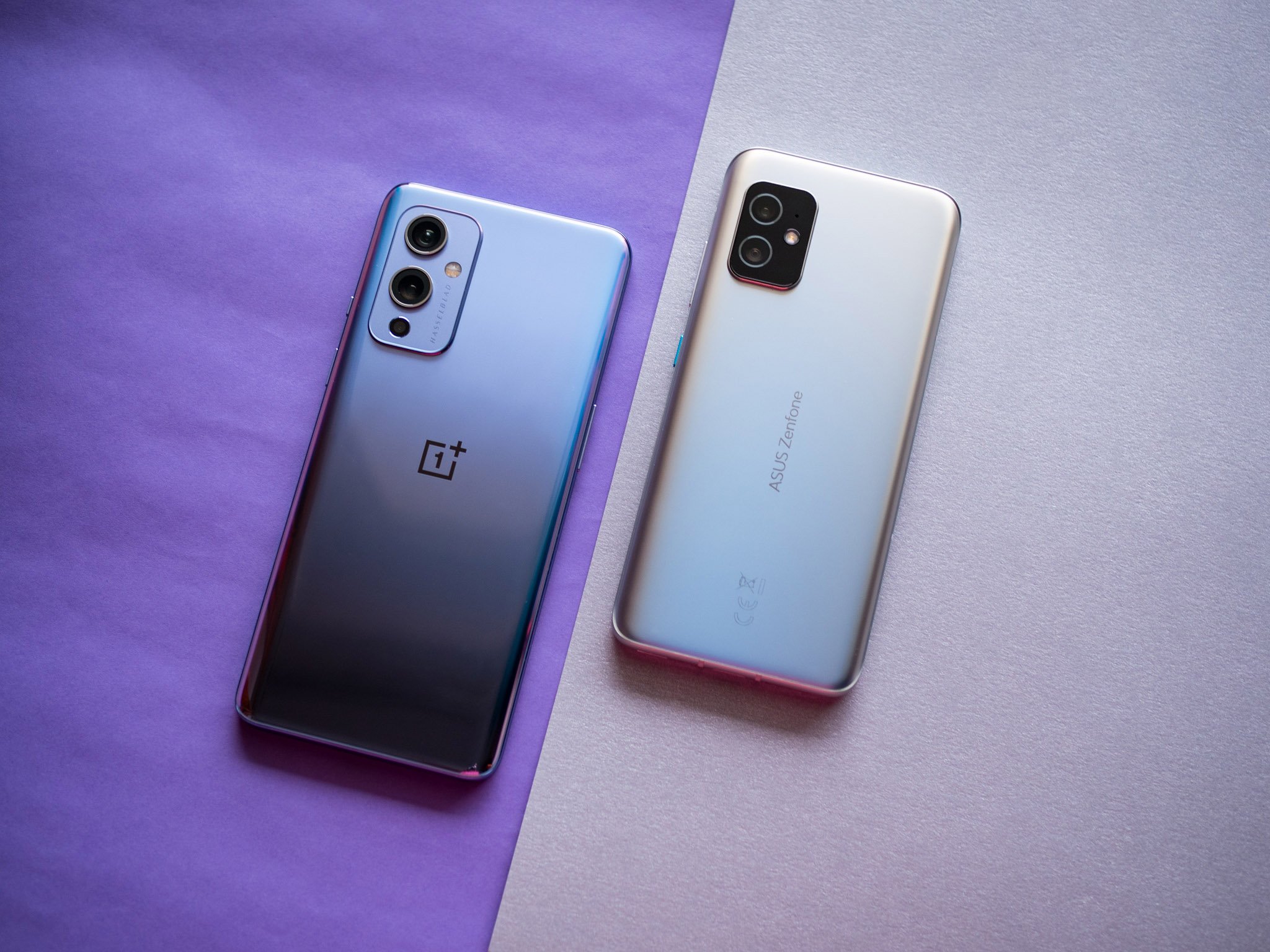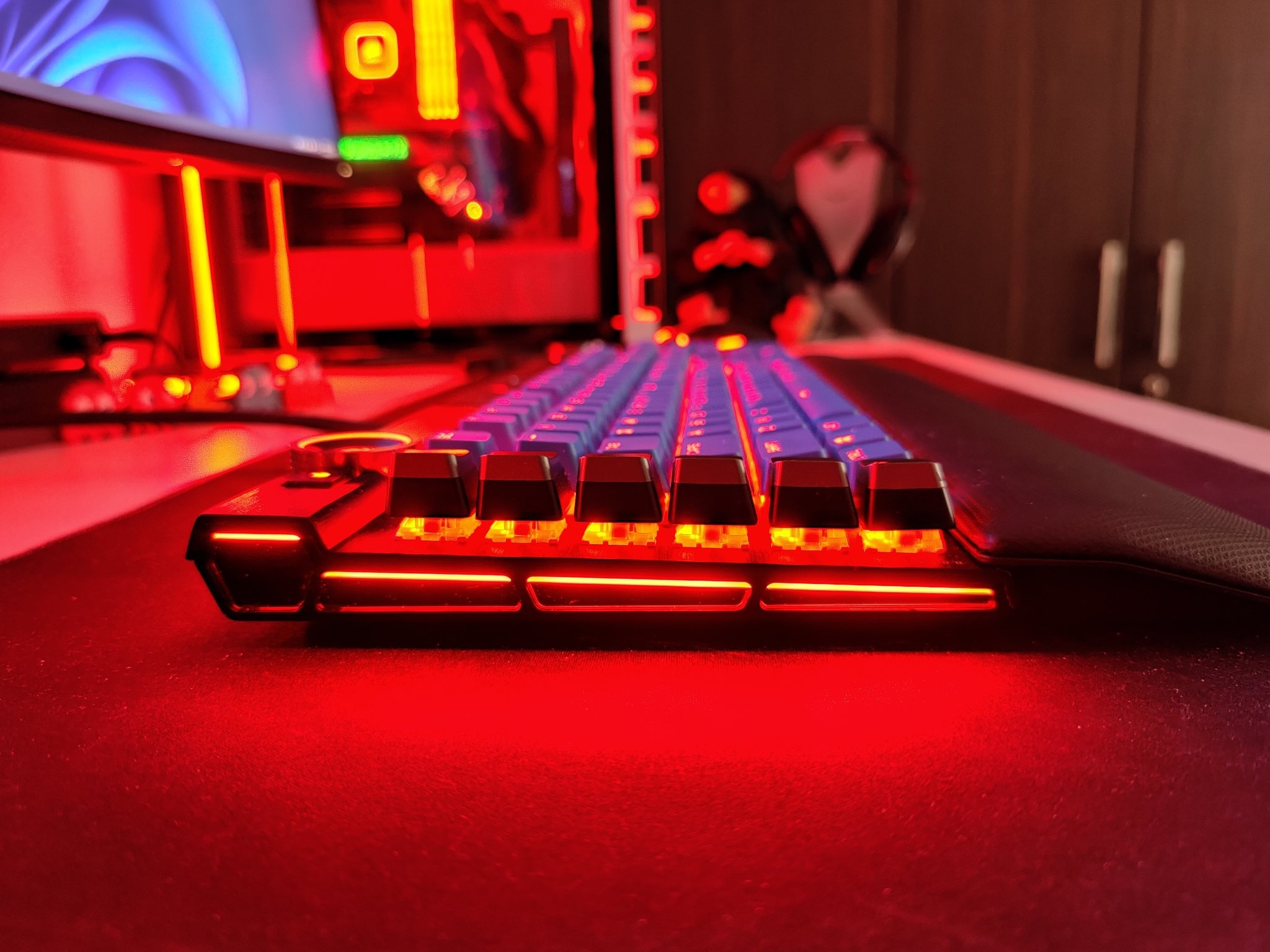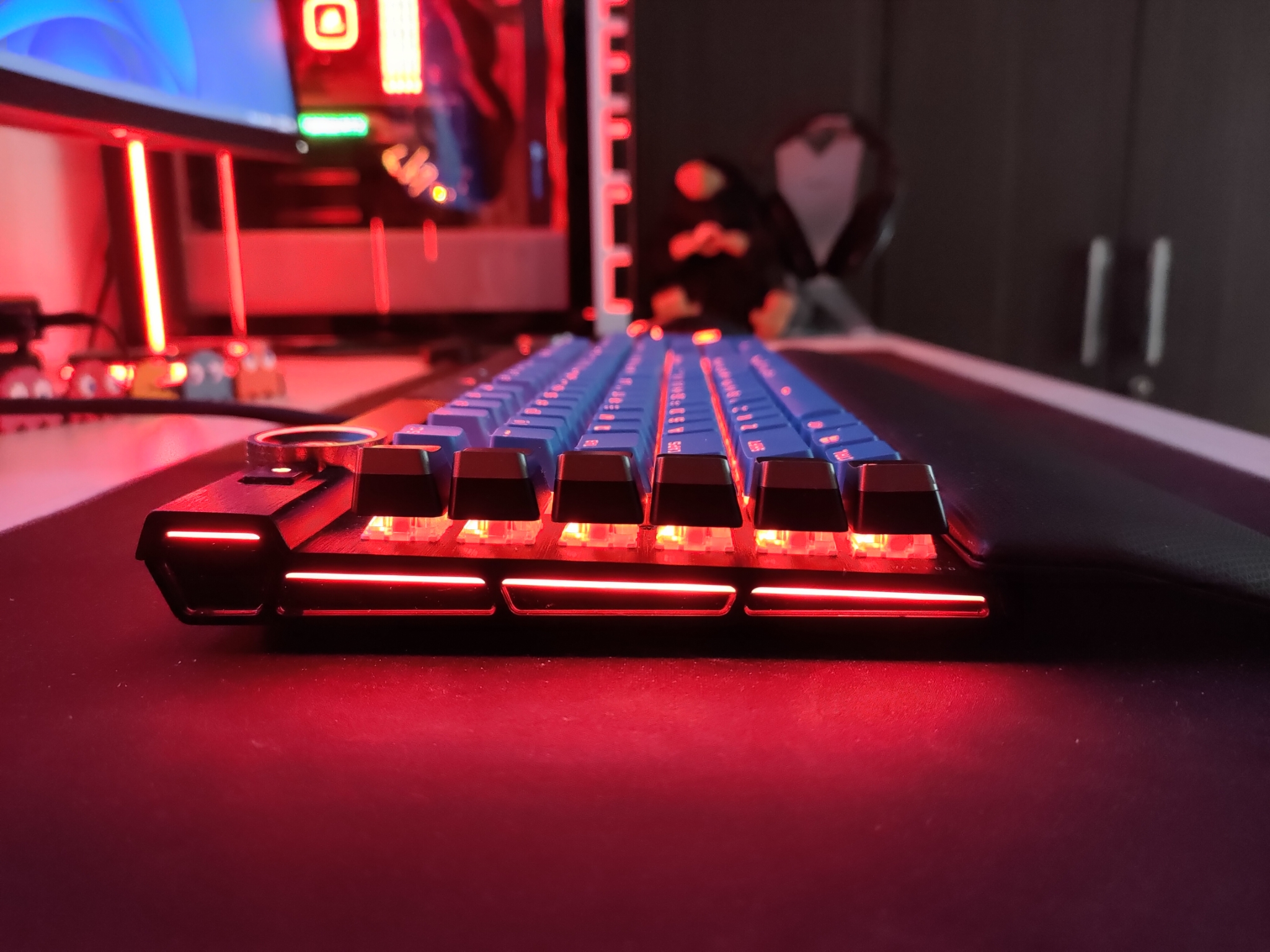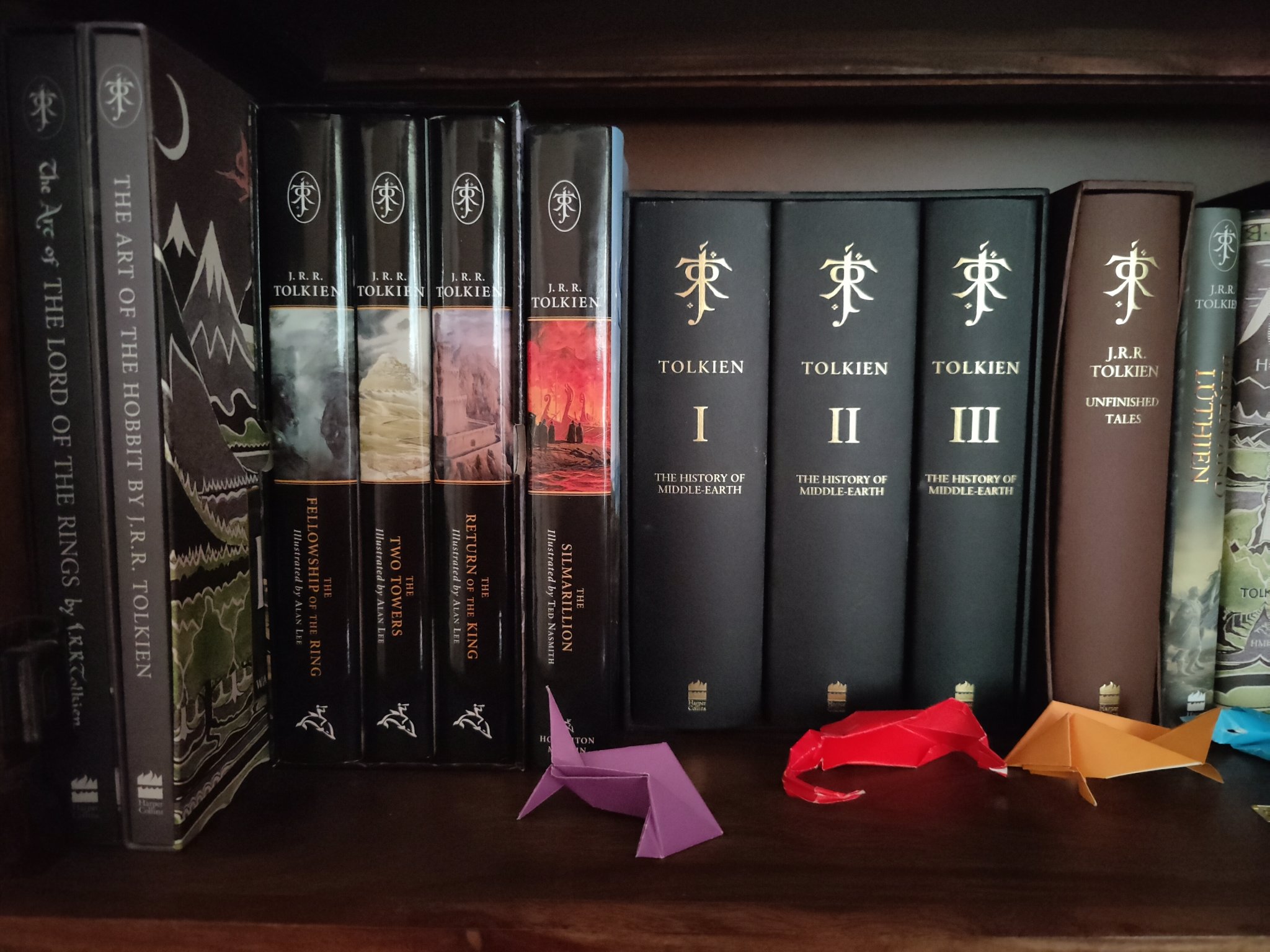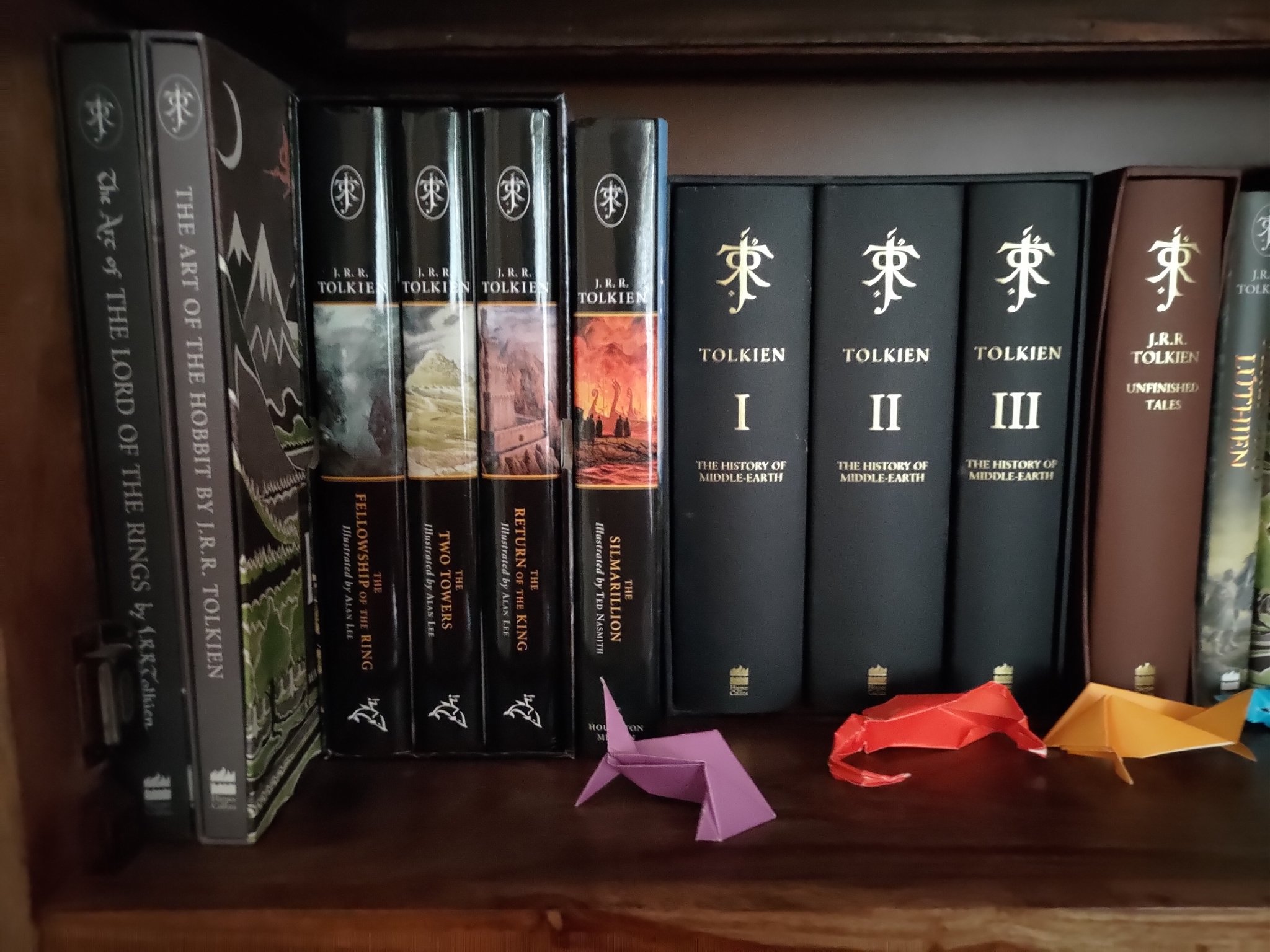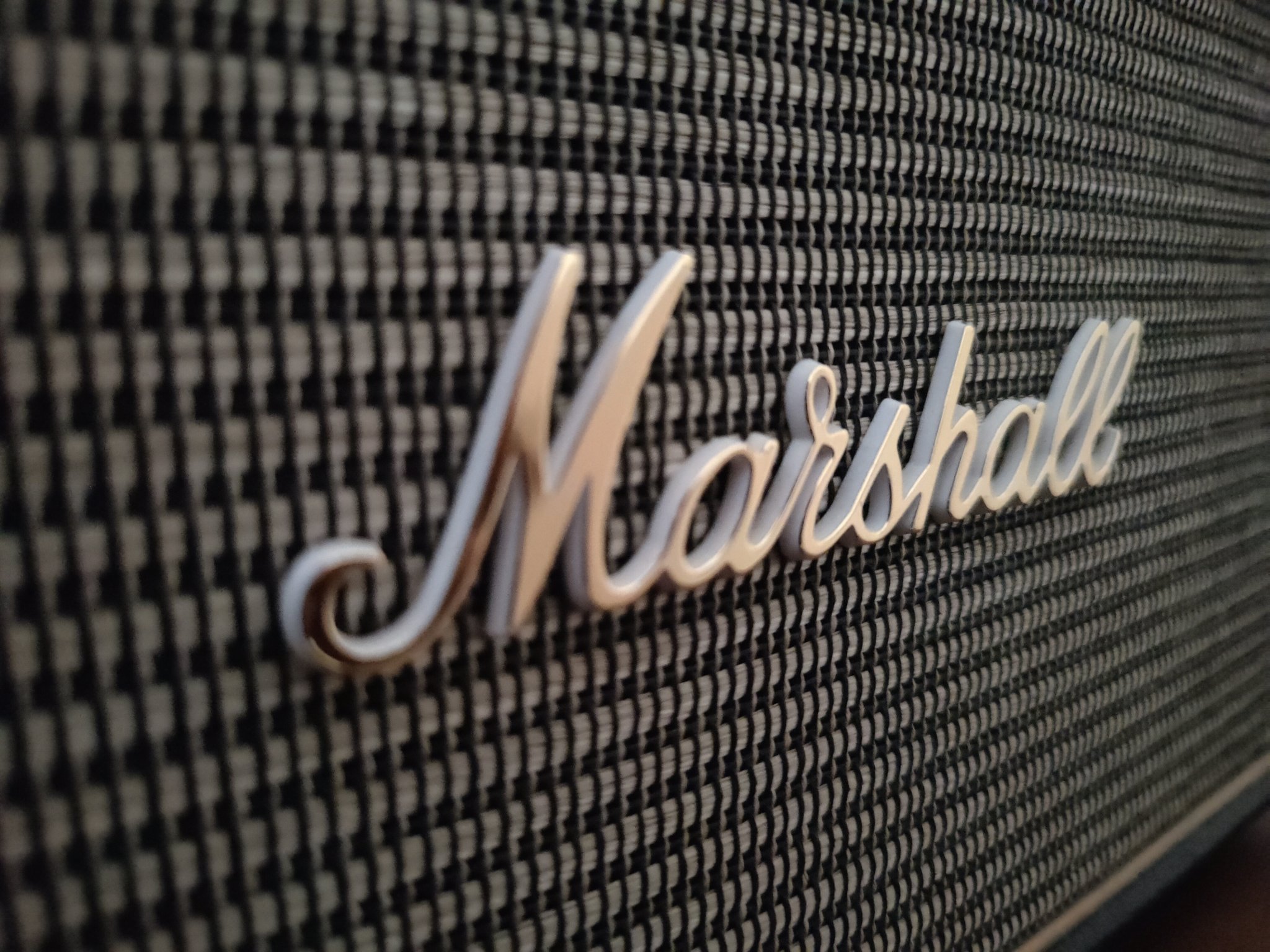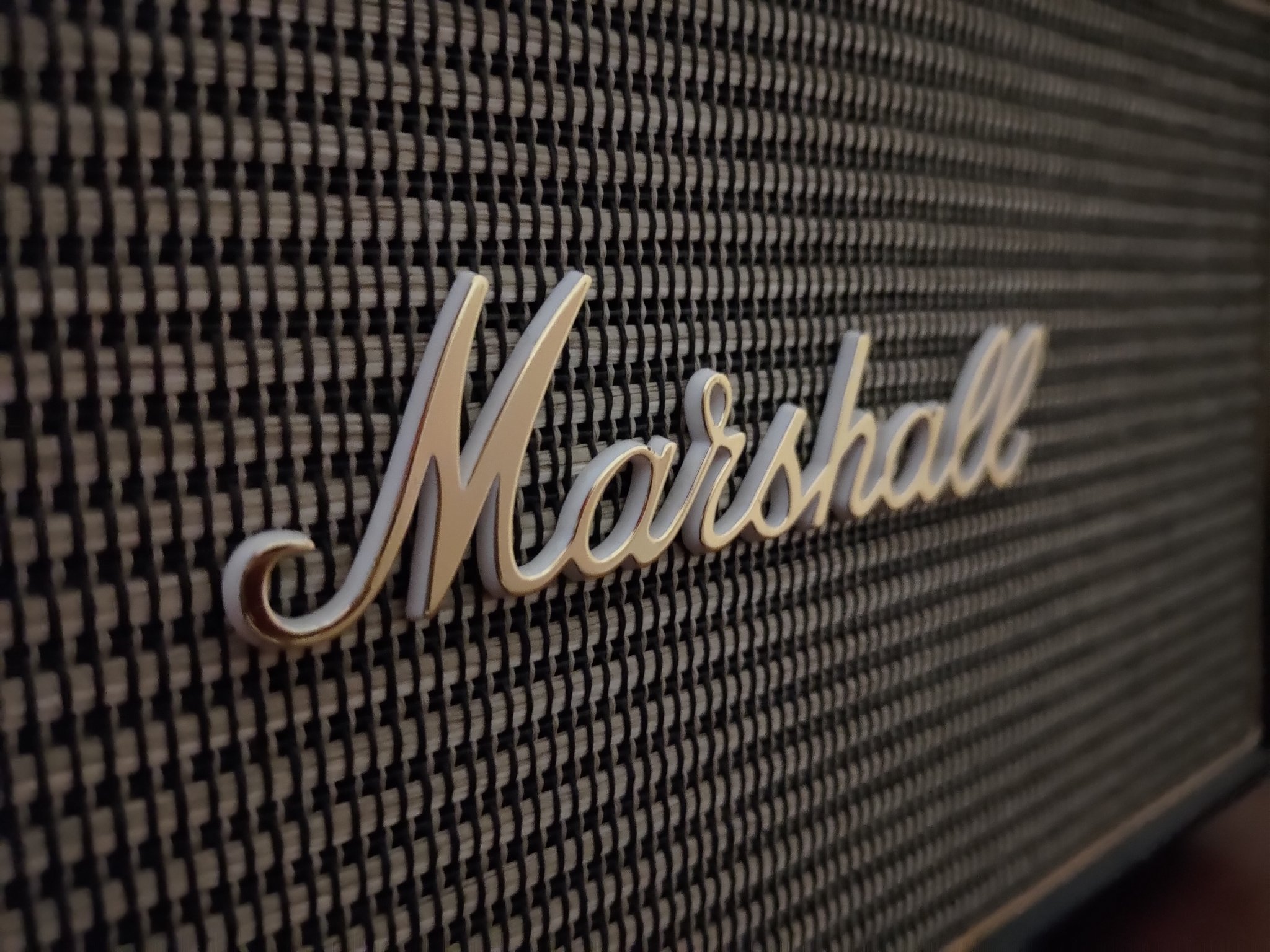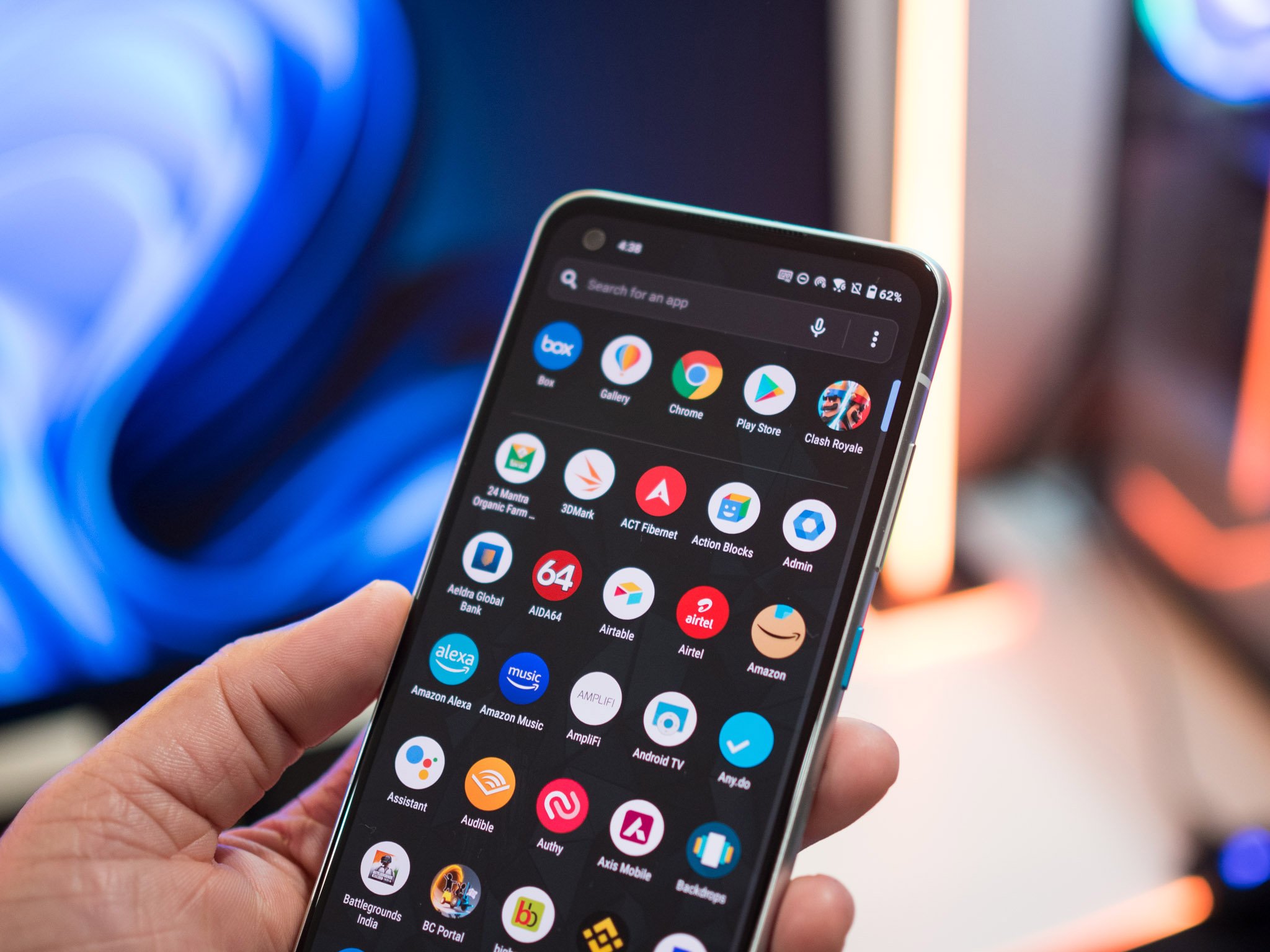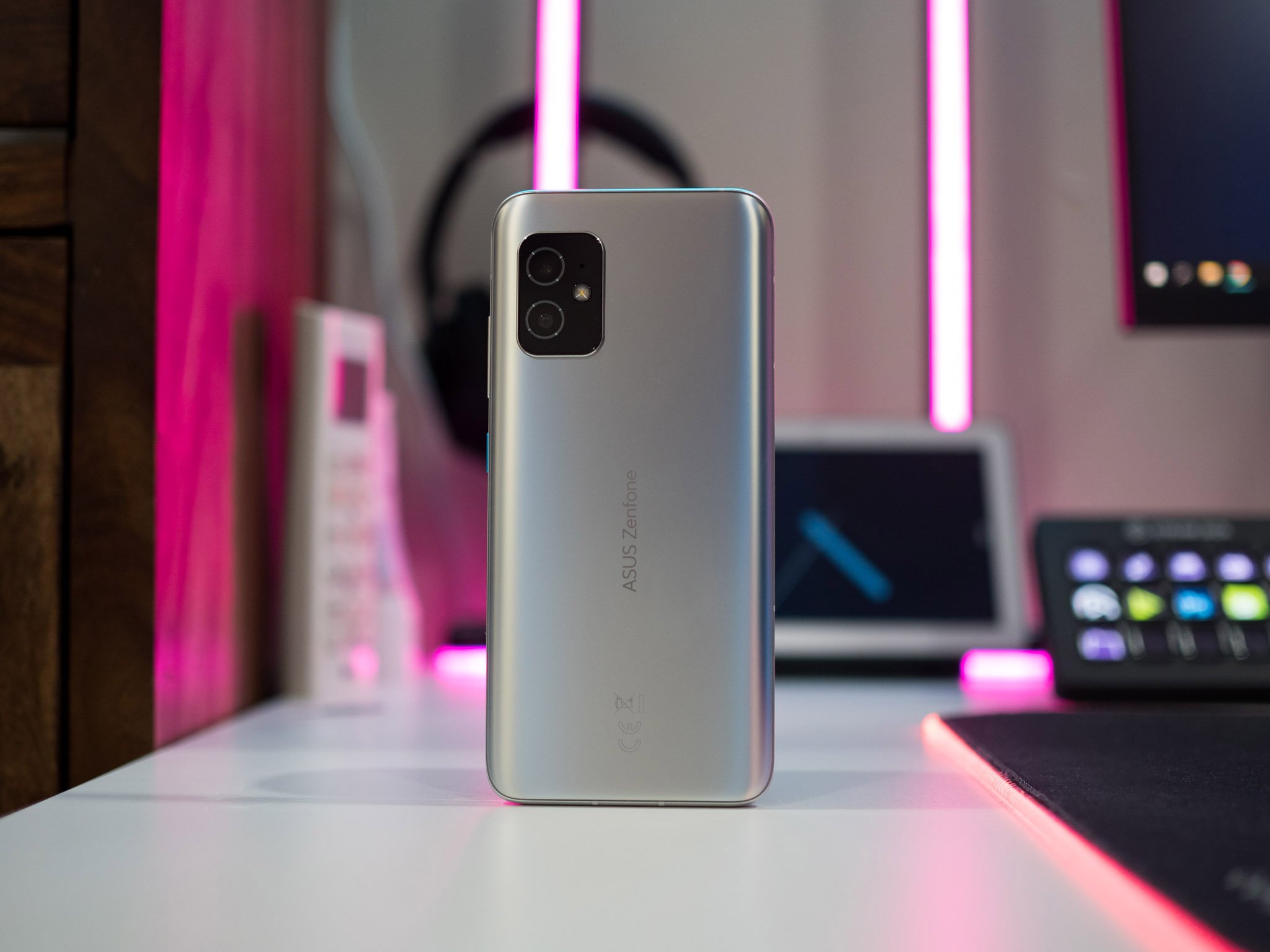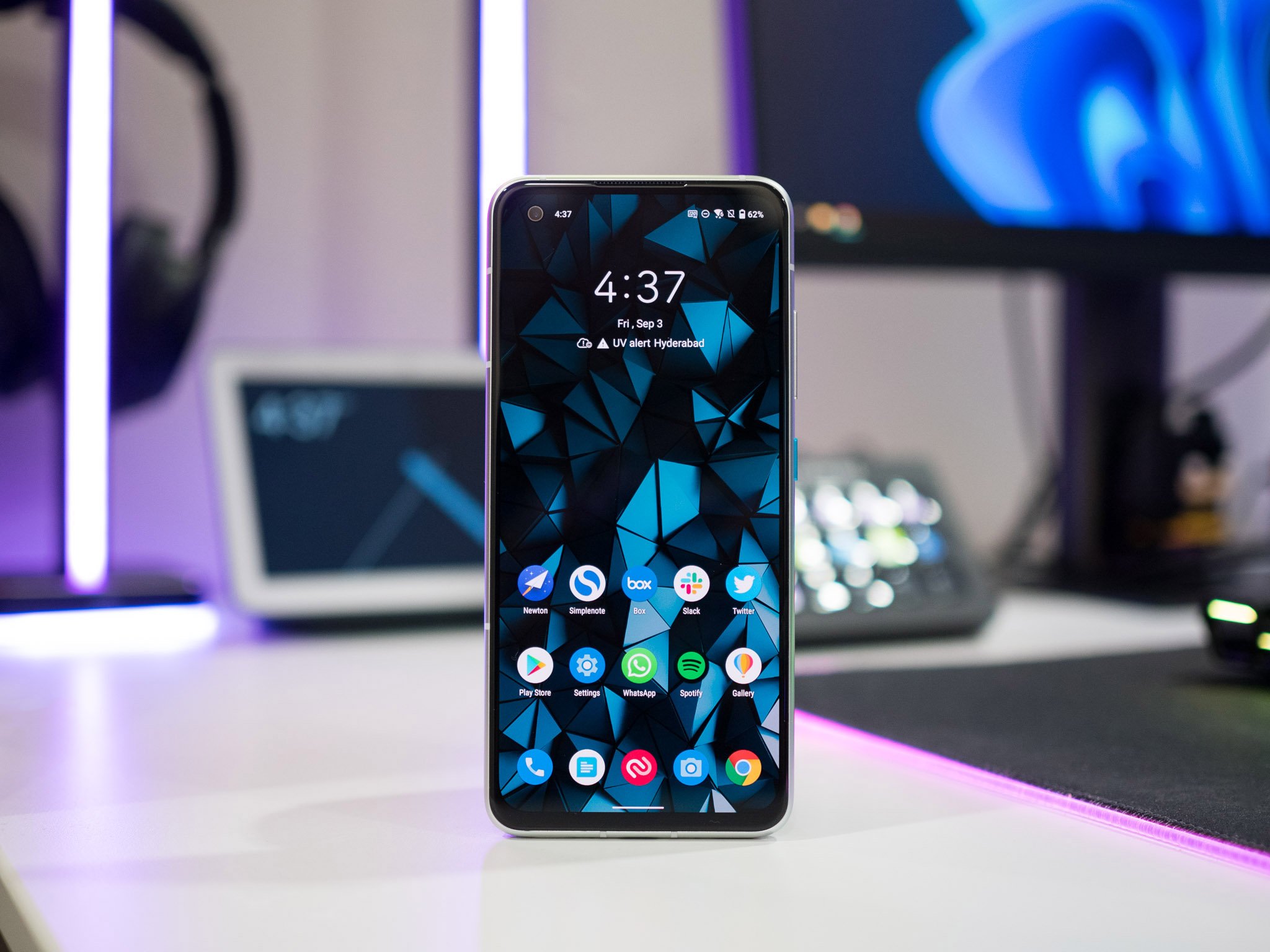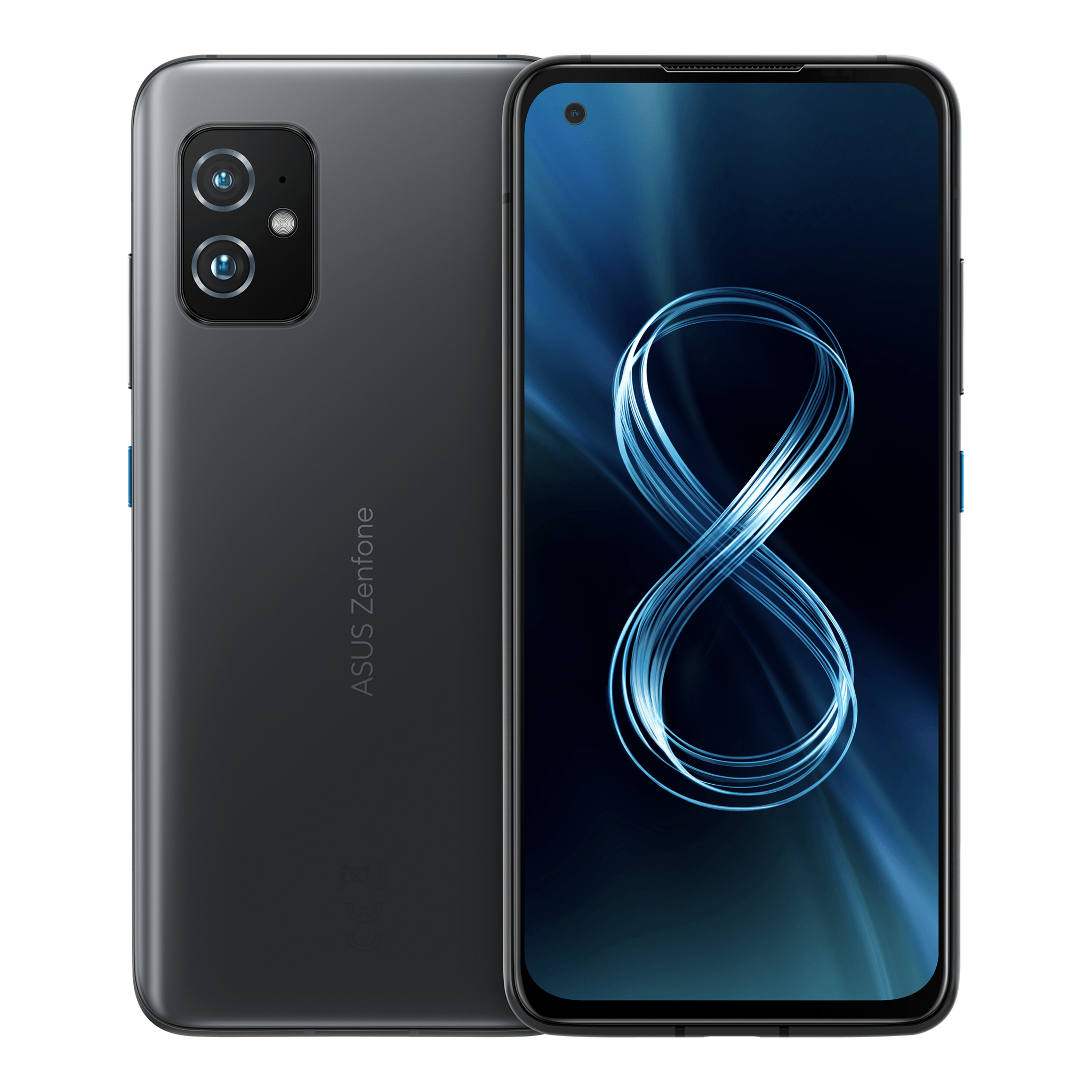The Zenfone 8 is the ideal choice if you're looking for a compact phone in 2021.
Between the Xiaomi Mi 11 Ultra, Find X3 Pro, and the OnePlus 9 Pro, I've used the best Android phones of 2021. This has been a standout year for tech in general; I used over 50 phones already, and I'm looking forward to switching to the Galaxy Z Fold 3 shortly and the Pixel 6 Pro later in the year.
But there's one device in particular that has stood out: the ASUS Zenfone 8. At the outset, there's nothing to suggest the Zenfone 8 is any different to other value flagships; it is powered by the Snapdragon 888 chipset, has a 120Hz AMOLED panel, and the camera is decent enough. If anything, its limited availability means it flew largely under the radar following the global unveil a few months ago.
But what the Zenfone 8 gets absolutely right is the size; with phones constantly getting taller and heavier, compact devices have been left behind. The Pixel 4a is the only other phone I've used recently that is usable one-handed, and as much as I like the device, it doesn't have the same caliber of hardware as the Zenfone 8. With the phone now available in the U.S. and slated to make its debut in India in the coming weeks, here's what I like about the Zenfone 8, and what ASUS needs to fix.
The Zenfone 8 is a compact phone done right
The last compact phone I used that had high-end hardware was the Galaxy S10e. I enjoyed using that phone quite a bit, but Samsung didn't launch a follow-up to the device with the Galaxy S20 series. The Pixel 4a came close last year, and while it was great for most day-to-day tasks, it wasn't great for gaming.
In 2021, the Zenfone 8 is the default option if you're looking for a compact phone. It isn't as diminutive as the Galaxy S10e; you're getting a slightly larger 5.9-inch screen versus the 5.8-inch panel on the S10e, but the downside is that it is 5.8mm taller. The larger 4000mAh battery means it is also bulkier, coming in at 8.9mm (versus 7.9mm on the S10e).
That said, the Zenfone 8 is considerably more compact than any other phone I used this year. The smaller size combined with the relatively lightweight design (the phone weighs 169g) makes the Zenfone 8 ideally suited for one-handed use. With manufacturers instead focusing on offering a one-handed mode on increasingly taller phones, I'm glad that there is at least one compact device available in the value flagship category.
The Zenfone 8 has flagship-class performance
What makes the Zenfone 8 particularly great is the hardware on offer. It is powered by the same Snapdragon 888 chipset as other flagships, including the Galaxy S21 series, Xiaomi Mi 11, and the OnePlus 9.
The panel itself is on par with the likes of the OnePlus 9; the AMOLED display has vibrant colors and goes up to 800nits for videos, there's 120Hz refresh rate, and you get the ability to tweak the color balance to your tastes. ASUS offers plenty of customization in this area, and the phone in general doesn't miss out on any features. There's Wi-Fi 6E connectivity along with Bluetooth 5.2, NFC, AptX Adaptive audio codec, an in-screen fingerprint sensor that works reliably, and a battery that lasts all day with 30W fast charging.
There haven't been many compact phones with high-end hardware; Sony is the only manufacturer that consistently rolled out smaller phones with the same caliber of hardware as its flagships, and it's exciting to see ASUS start doing the same with the Zenfone 8.
The Zenfone 8 takes great photos
As for the cameras, ASUS hasn't changed the formula too much from last year, with the Zenfone 8 featuring the same 64MP primary lens as its predecessor. That said, ASUS overhauled its camera tuning algorithms, and as a result, the Zenfone 8 takes much better photos. There's also a secondary 12MP wide-angle lens at the back that does a decent enough job in its own right.
OnePlus 9 to the left, Zenfone 8 on the right
The Zenfone 8 manages to take vibrant photos in just about any lighting scenario, delivering shots with accurate colors, rich contrast levels, and minimal noise. It holds up particularly well in low-light conditions as well, with ASUS making tangible gains here over the last two years.
The Zenfone 8 has clean software
Another point in favor of the Zenfone 8 is the software. ASUS made a lot of headway in this area over the last three years, and the result is that ZenUI offers an uncluttered interface that doesn't have any bloatware. The interface itself is akin to what you'll find on Android One phones, but that doesn't mean you miss out on customizability — you'll still find plenty of unique features here, and that makes ZenUI a delight to use.
There's a customizable game mode that lets you mute incoming notifications and calls when you're playing a game, you'll find Android Messages as standard out of the box (with the option to install Google's Phone dialer), and there's extensive customization on the design side of things, including changing accent colors, icons, and fonts.
The clean software gives ASUS a clear edge in this category. Samsung continues to push ads on its flagships, and while the manufacturer said it would limit doing so in One UI 4.0, it hasn't guaranteed to get rid of ads entirely. With OnePlus now using ColorOS as the foundation and OxygenOS 12 set for an UI overhaul, there are few alternatives if you're looking for a "vanilla" Android skin that just gets out of the way. Thankfully, ZenUI is one such option, and if you want a minimalist interface without any bloatware, you'll love what the Zenfone 8 has to offer.
The Zenfone 8 is a real bargain
Retailing at $699, the Zenfone 8 goes up against the OnePlus 9 and the Galaxy S21. You're getting the same caliber of hardware here, and with the clean software and design aimed at one-handed use, the Zenfone 8 caters to a subset of the audience that wants a smaller phone.
What's not great: long-term software updates
The one area where the Zenfone 8 doesn't quite hold its own is update longevity. Like most budget and mid-range phones, the Zenfone 8 will get two platform updates and three years of security patches. With Google, Samsung, OnePlus, and OPPO offering three version updates as standard for their phones in this category, the Zenfone 8 is on the backfoot. Then there's the fact that ASUS has been particularly slow at delivering platform updates, with the Android 11 stable build not hitting the Zenfone 7 until well into 2021.
To its credit, ASUS is doing a much better job delivering consistent software updates. In the two months that I used the Zenfone 8, I got three updates with stability fixes and camera tweaks, and while that is a definite step in the right direction, ASUS needs to match its rivals in terms of long-term updates.
Overall, the Zenfone 8 gets plenty right and is one of the best value flagships of 2021. The form factor is ideal for one-handed use, the hardware is top-notch, you get clean software that doesn't have any bloatware, and the cameras hold their own in this category. You can't ask for much more than that, and if you're tired of using tall phones and need something that's easier to use, the Zenfone 8 is the obvious choice.
Pocket rocket
ASUS Zenfone 8
This tiny powerhouse has it all
The Zenfone 8 combines a 5.9-inch 120Hz AMOLED screen with the latest internal hardware, great cameras, clean software, and all-day battery life. It doesn't miss out on the essentials, and when you factor in the form factor, you are getting a value-focused overall package that holds its own against the best in this segment.
Source: androidcentral

